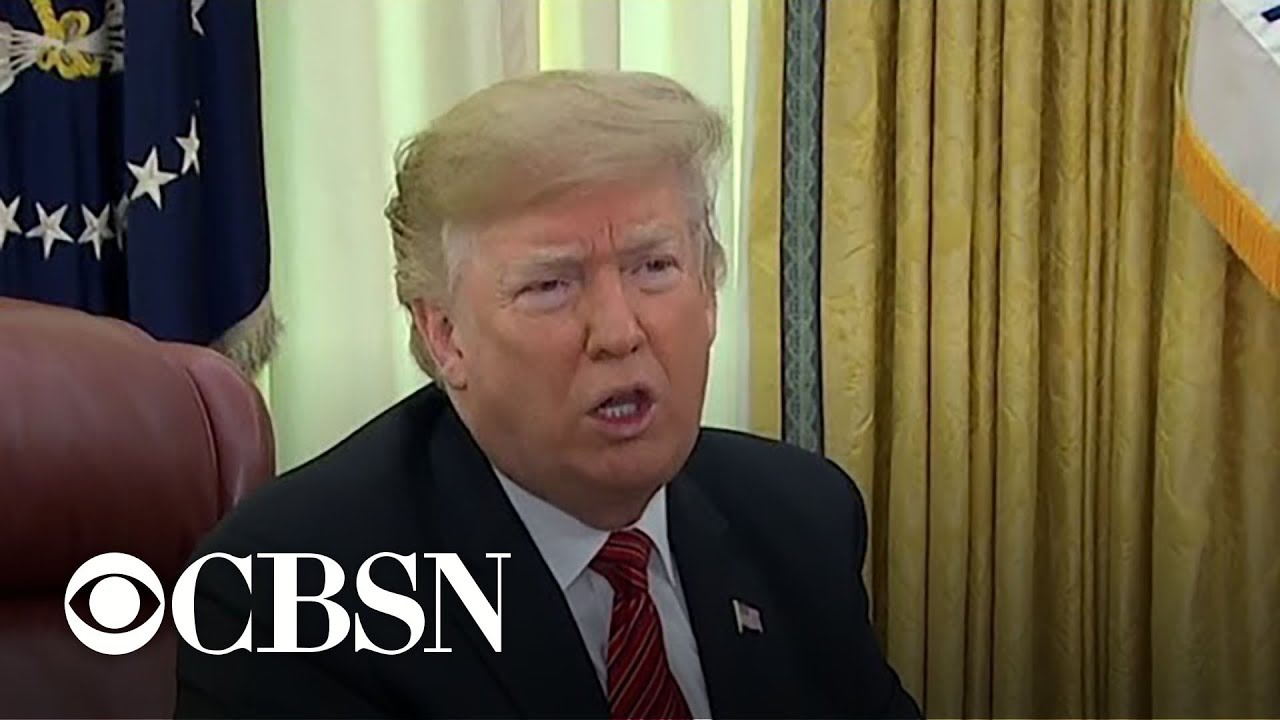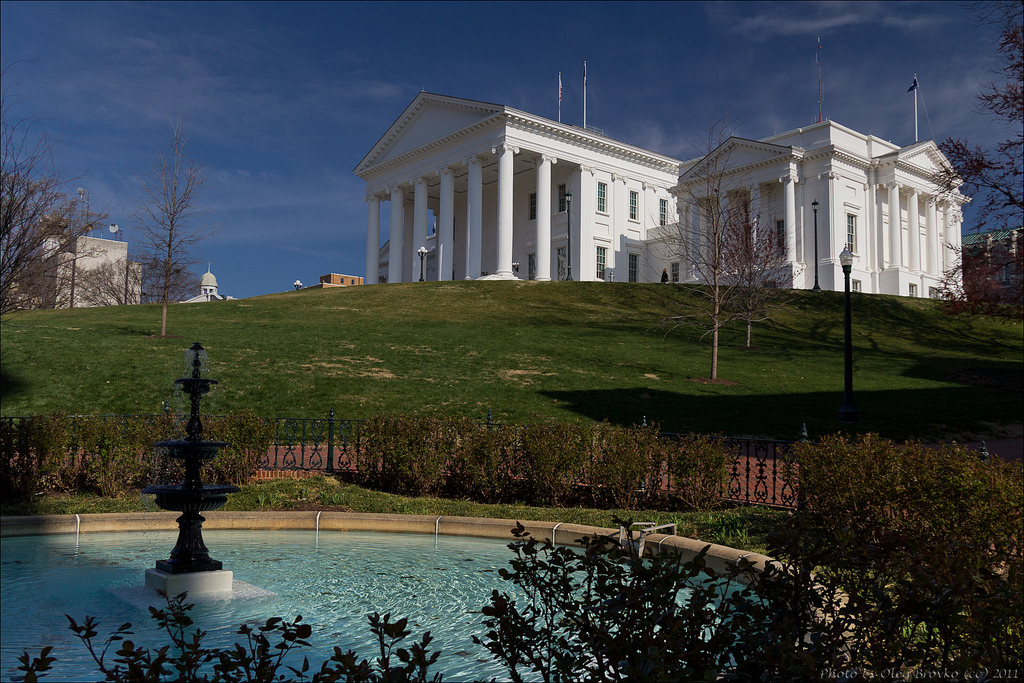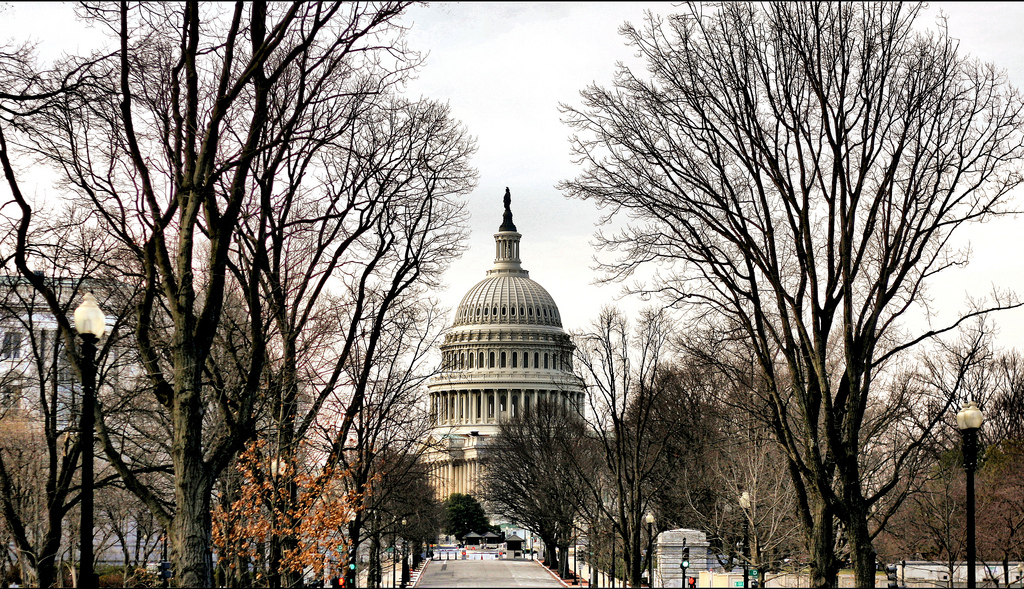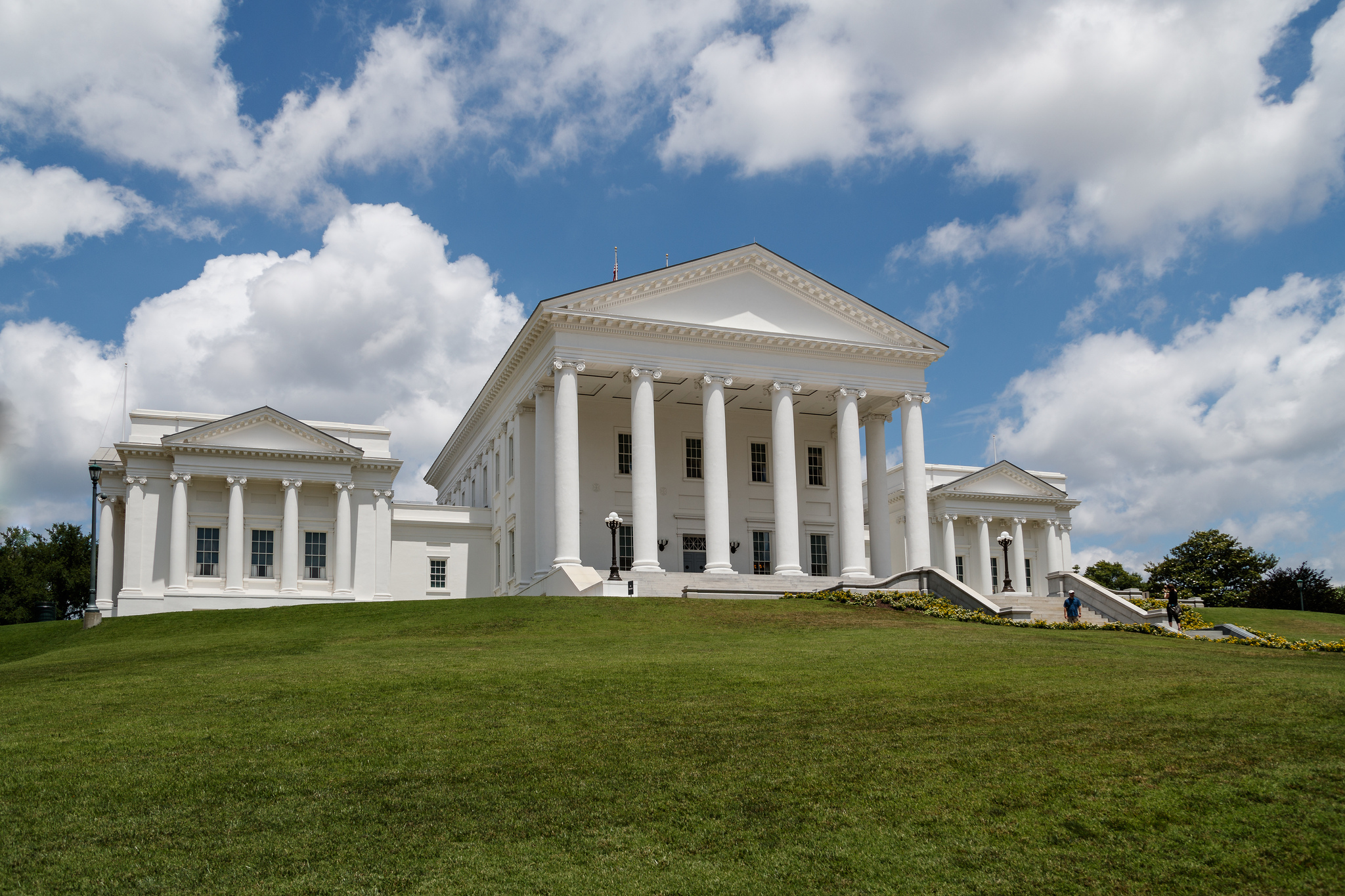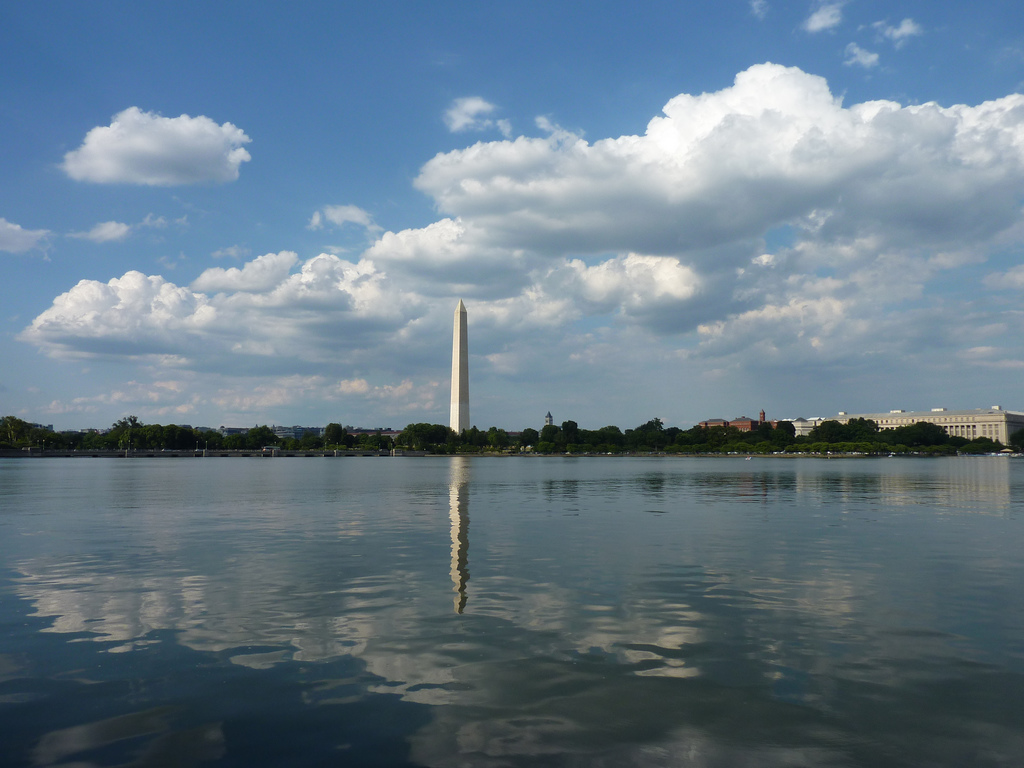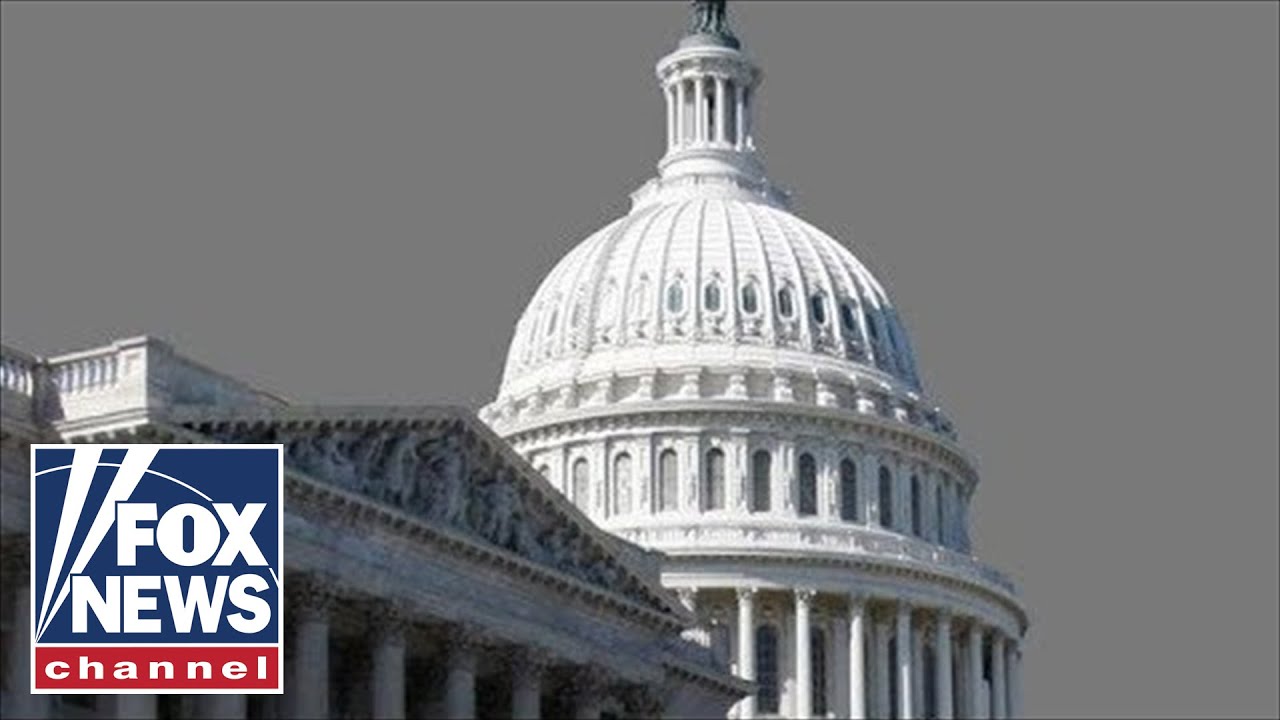Christmas has come and gone in Washington, D.C., but the partial government shutdown that is affecting over 800,000 federal employees continues as Congress and the White House remain at a standstill on a deal to reopen the government. As the shutdown enters its sixth day tomorrow, Senators may be called back as soon as Thursday, but there have been no signs that progress has been made since federal funding ran out at midnight on December 21.
President Donald Trump skipped Christmas at his Mar-a-Lago resort in Florida and was at the White House fielding questions from reporters about the border wall funding and when the government may eventually be reopened.
“I can’t tell you when the government is going to be open,” President Trump said in the Oval Office. “It’s not going to be open until we have a wall, a fence, whatever they like to call it…I’ll call it whatever they want…but it’s all the same thing, it’s a barrier.”
Trump added that a barrier is needed to curb drug and human trafficking and illegal immigration. Nevertheless, he also spoke of construction on the infrastructure that is set to begin in early 2019.
The president said that about 115 miles of wall construction is about to happen in Texas, saying that he will travel there in January to observe. Trump said he will have “500-550 miles” of border wall along the 2,000-mile southern border with Mexico constructed as well, using natural barriers to add to security enhancement in areas where a wall may not be feasible.
“We’ve renovated massive amounts of very good [barrier], [barrier] that was good, but in bad shape,” Trump said as photographers snapped pictures in the Oval Office. Very importantly, we built a lot of wall…the new section is very, very exciting.”
“While we’re fighting over funding, we’re also building,” President Trump added.
Talking about the longevity of the partial shutdown, Trump said to reporters, “Many of those [federal] workers said to me and communicated ‘stay out until you get the funding for the wall.’ These federal workers want the wall, the only one that doesn’t want the wall are the Democrats, because they don’t mind open borders.”
Regardless, congressional Democrats have reiterated that the border wall Trump wants would be too costly, hard to maintain, and ineffective against illegal border crossings. Both Senate Minority Leader Chuck Schumer (D-NY) and House Minority Leader Nancy Pelosi (CA-12) have reprimanded the commander in chief for the motives to get the wall by dubbing the days of closure in Washington as the “Trump Shutdown.”
With the House or Senate not scheduled to vote on a funding package to reopen the government, Democrats, at least for now, may play the next hand in the saga has they regain the majority on January 3. Even if Pelosi – the presumed speaker of the house – is able to cobble together votes for a bill that could pass a Republican Senate, President Trump may still refuse to sign it if it does not contain funding for the wall – which could be the last time he has to get it.

